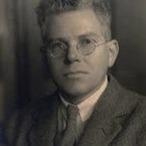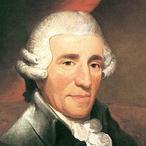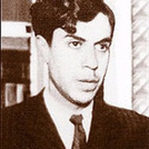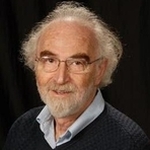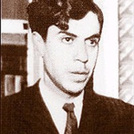 New research from Dutch scientists has revitalised the search for the elusive Majorana Fermion (1). The Majorana Fermion was first predicted about 75 years ago by Italian scientist Ettore Majorana, one of the Via Paspernera Boys - a group of scientists named after the street where their lab was located. It is an important concept, as Majorana fermions "are particles identical to their own antiparticles" (2). They behave differently to, for example, electrons and their opposite, the positron, which destroy each other on contact. Majorana fermions, such as the proposed Neutralino (3), are thought to occur in systems involving superconductors. Leo Kouwenhoven, one of the Dutch scientists mentinoned above, said that "Majorana Fermions can arise as quasi-particles in specially designed nanoscale, electronic devices." (4) In their experiments, "indium antimonide nanowires are connected to a circuit with a gold contact at one end and a slice of superconductor at the other, and then exposed to a moderately strong magnetic field." (5) When analysing the measurements of the electrical conductance of the nanowires, there were peaks "at zero voltage that is consistent with the formation of a pair of Majorana particles." (6) The importance of the Majorana Fermion is in its projected use in Quantum Computers, something well in advance of the science of the day in Ettore Majorana's time. So, what became of him? Well, we don't really know the answer to the that question. He disappeared in mysterious circumstances from a ship travelling from Palermo to Naples in 1938, never to be seen again. (7) Several theories were put forward, ranging from his becoming a beggar, through being murdered by Nazi agents, to his relocation to South America. One of the most repeated theories, however, was that of suicide. Indeed, the following note was sent by Majorana to Antonio Carrelli, Director of the Naples Physics Institute, on 25 March 1938: "Dear Carrelli, I made a decision that has become unavoidable. There isn’t a bit of selfishness in it, but I realize what trouble my sudden disappearance will cause you and the students. For this as well, I beg your forgiveness, but especially for betraying the trust, the sincere friendship and the sympathy you gave me over the past months. I ask you to remind me to all those I learned to know and appreciate in your Institute, especially Sciuti: I will keep a fond memory of them all at least until 11 pm tonight, possibly later too. E. Majorana." However, Majorana contradicted this seemingly suicidal state of mind in a telegram to Carelli a couple of days later. Also, on 23 March, Majorana had withdrawn all the funds from his bank account - not the action of a suicidal man, some might say. Still, Majorana has left us with some outstanding works in the realm of theoretical physics which still have relevance to this day. Perhaps it is a fitting legacy that the elusive Majorana Fermion, as elusive as Majorana himself, might now possibly have been discovered. (1) BBC News - Science and Environment: Majorana particle glimpsed in lab.
(2) Signatures of Majorana Fermions in Hybrid Superconductor-Semiconductor Nanowire Devices. V. Mourik, K. Zuo, S. M. Frolov, S. R. Plissard, E. P. A. M. Bakkers, L. P. Kouwenhoven. (3) Wikipedia: Neutralino. (4) Bulletin of the American Physical Society. Abstract: D44.00003: The Search for Majorana Fermions in Semiconductor Nanowires. Leo Kouwenhoven. (5) Nature: Quest for quirky quantum particles may have struck gold. (6) Ibid. (7) The Mysterious Disappearance of Ettore Majorana. Barry R. Holstein.
0 Comments
|
Categories
All
Archives
November 2013
|
MOST VIEWED POSTS
© James Edward Hughes 2013
 RSS Feed
RSS Feed

